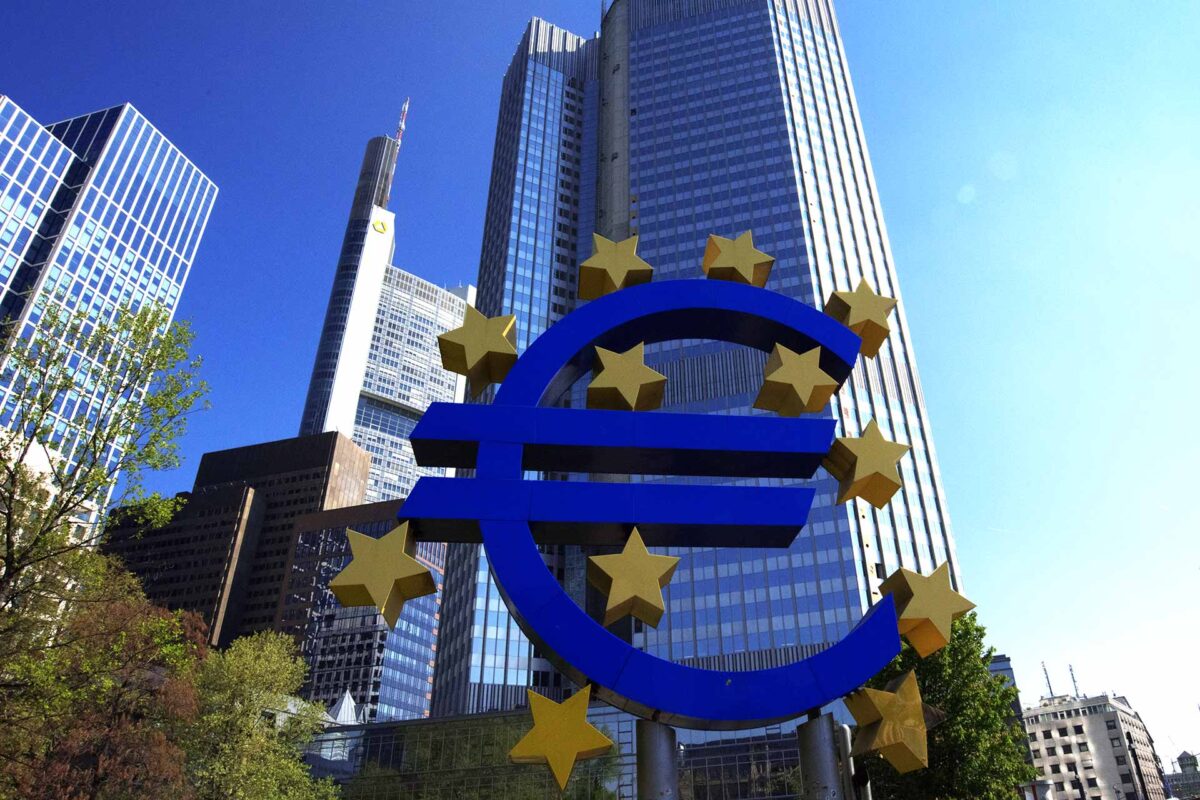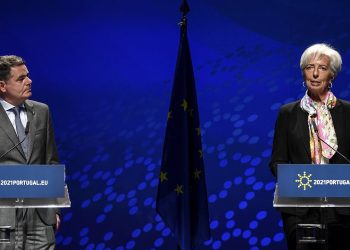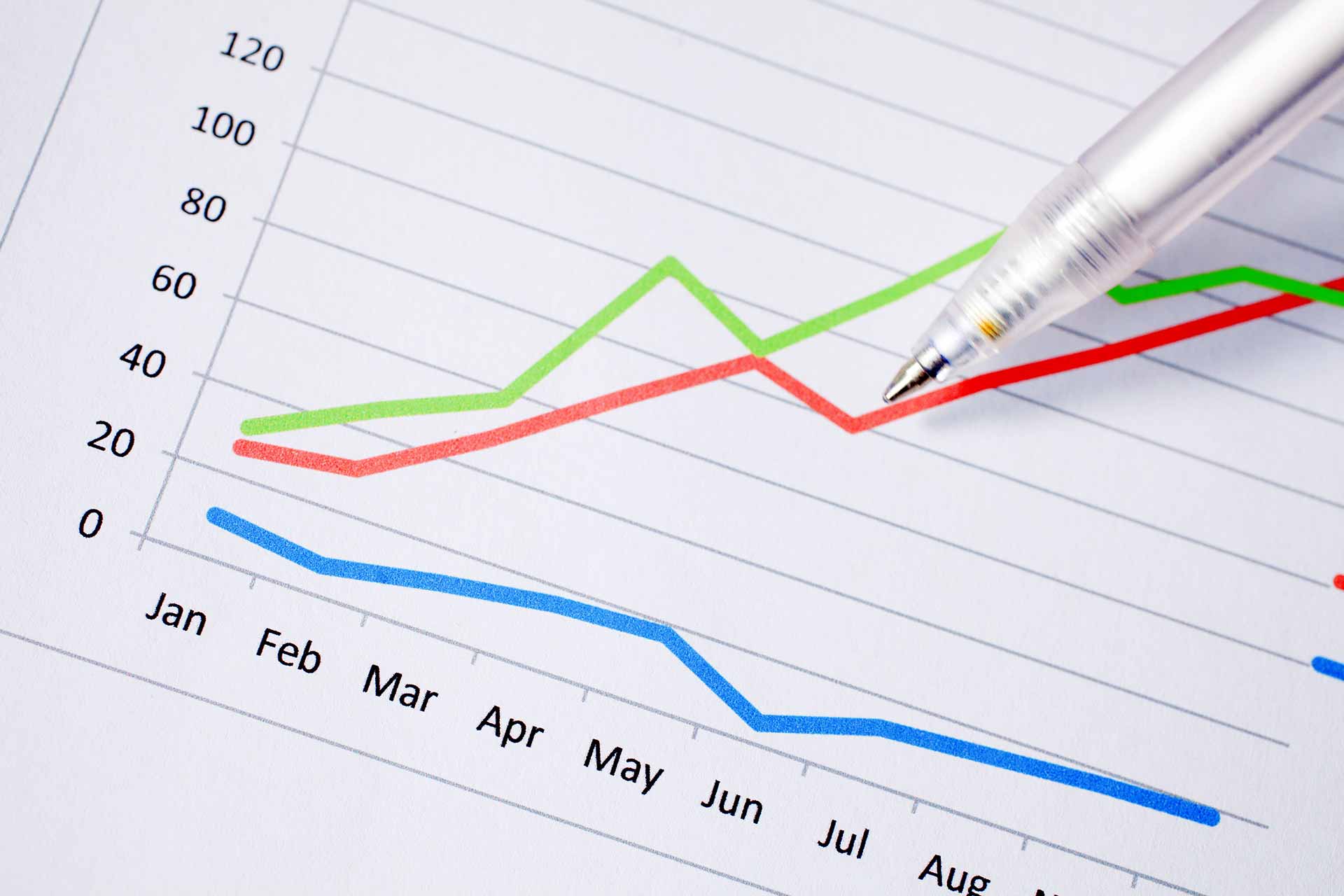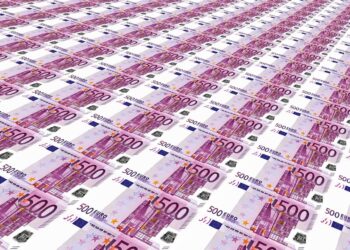Christine Lagarde, President of the Europen Central Bank forecasts temporary inflation rise for 2021 up to 1.5% with limited wage pressure. ECB is monitoring carefully exchange rate for inflation, following the ECB‘s decision to leave the policy settings unchanged. Since 2003, the central bank has targeted an inflation rate “below, but close to 2%” in an attempt to address concerns over significant consumer price rises.
ECB President Christine Lagarde said at a press conference on Wednesday:
On the first one, let me make a few comments about inflation, because if you look at the staff projections which will be released later on this afternoon, you will see that our inflation forecast is of 1.5 for this year and then moves down to 1.2 and finishes in 2023, which is our medium-term horizon, at 1.4. It is possible that this year, particularly at the end of 2021, inflation actually hits 2%. But I will tell you something: we will see through that for a very clear reason and that is that inflation will most likely go up possibly to 2% because of some technical and temporary reasons.
Let me just mention a few and we can go through the list, but it is the German VAT return, which has had an upward pressure on prices. It is the significant modification of the weighing in the HICP basket to adjust to the change of consumer behaviour and consequences that it has in ’21. It has to do with some idiosyncratic factors having to do with Italy and France that have extended into ’21 some of the sales, particularly in the clothing industry. It has to do of course with the increase in prices in the oil segment.
Europen Central Bank forecasts temporary inflation rise for 2021 up to 1.5%

ECB must keep money to face future Eurozone inflation
So, for all these reasons that are, we believe, temporary, technical, as I have just tried to explain, we will see through that. It is important for us to actually look at what happens next and to look at the medium-term inflation outlook. There, we are clearly seeing subdued inflation. Why is that? Well, because of subdued demand, and second, because of the slack in the economy that will gradually over the course of the recovery reduce, but which is large and has a significant impact.
Wage pressure and temporary inflation
There is clearly limited pressure up on wages. Also, the impact of the euro appreciation. So, for all these reasons, we believe that, while it has increased a little bit in the first two years, in the third year, we are still at 1.4, which is far away from our inflation path pre-pandemic, and of course, far away from our aim which is close to, but below, 2%. So that’s what I really wanted to explain in relation to inflation. That’s how we see it and clearly our inflation aim, and our inflation path pre-pandemic, remain two very important anchors of the monetary policy decisions that we will make.














